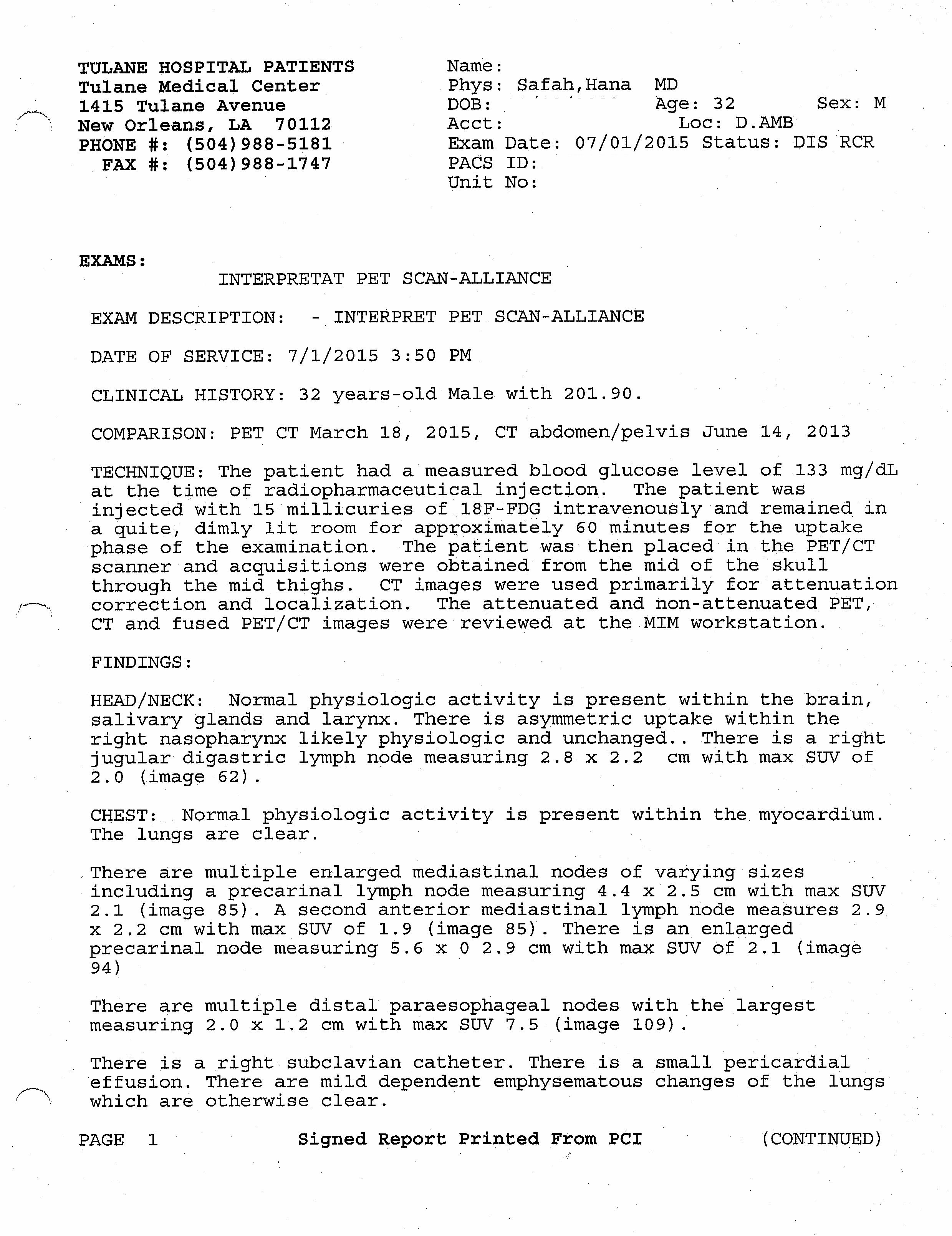

Dramatically, it diverts attention, and allows space for Macbeth’s asides. Mostly regular blank verse spoken to Macbeth (save for either a trochee or spondee kicking off that third line (WIN US or WIN us), but then we get that short line, after which Banquo breaks off his aside, and addresses Ross and Angus (“Cousins, a word, I pray you”). The instruments of darkness tell us truths, Next, when Angus and Ross encounter Macbeth and Banquo, following the witches’ greetings/prophecies, Banquo talks to Macbeth in an aside, Are we getting characterization for Macbeth in a seemingly throwaway speech by bloody Captain Exposition? This pause focuses the audience to listen to a description not just about Macbeth’s fighting prowess, but his brutality, his impatience. At first, I thought it might be cool to cut that “Which ne’er shook hands” line just to get to my fave “Till he unseamed him from the nave to th’ chaps.” But that line’s got to be there for a reason (especially since its non-regular meter seems to call attention to it), and seeing both Henry V and Richard III recently (and thinking of the ending of this play, too) reminds me there’s usually some kind of interaction between your combatants onstage. Second, we get the shortened line itself forcing the pause (and yes, eagle-eyed readers, that’s either a catalectic trochaic trimeter, or an acephalous iambic trimeter). Which ne’er shook hands, nor bade farewell to himįirst, we get three non-regular metered lines. Like Valor’s minion, carved out his passage Instead, I want to look at three pauses, shortened verse lines and ponder the shift is taking place in each…Īct One, Scene Two: during the bleeding Captain’s description of Macbeth on the field of battle: And I’m going to be remiss again and not do one (again) today.

I’ve been remiss and not hit some of the other major speeches thus far.
#Scansion example full#
Oh, and (third) because when Hecate speaks, it’s primarily in full iambic tetrameter (are the witches Hecate without her head?).Įarlier in the discussions, I looked at the “Tomorrow…” speech, and got into some depth of meter on that one. Though most critics go for the catalectic trochaic tetrameter categorization, I like “acephalous iambic tetrameter,” not just to be perverse and contrary (though I can be), but because (first) it sounds like “a syphilis” (heh heh, he said “syphilis”) and (second) the other word for acephalous is “headless” which is just so fitting for the witches. In other words, this would be a four-foot iambic line, only we’re missing the first syllable. Or…you might call them acephalous iambic tetrameter. So you could call these lines catalectic trochaic tetrameter. But these lines are, for the most part, seven-syllable affairs that’s where the “catalectic” descriptor comes into play…instead of a full trochee at the end of the line, the line loses that final unstressed syllable. Tetrameter would be comprised of four-foot lines so eight-syllable lines. Trochees, as you might remember, are the exact opposites of iambs: instead of a two-syllable foot with the first syllable unstressed and the second stressed, a trochee is a two-syllable foot with the first syllable stressed. Incomplete or catalectic form of trochaic tetrameter, perhaps. Now there’s some argument as what to call the witches’ sing-songy incantations.

These supernatural entities don’t speak in our expected blank verse (unrhymed iambic pentameter)–or rhymed iambic pentameter, for that matter. OK, first of all, let’s deal with the elephant in the room, or rather the four elephants in the room: the three witches and Hecate. Not necessarily the words within the lines, mind you, not the diction, but rather the syntax, the scansion, the pauses. As I wrap up discussion of the plays, I like to take a quick look back on some of the more noteworthy clues I’ve noticed in the lines of the play.


 0 kommentar(er)
0 kommentar(er)
